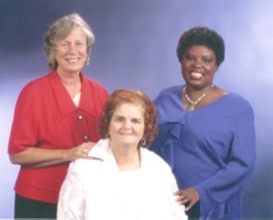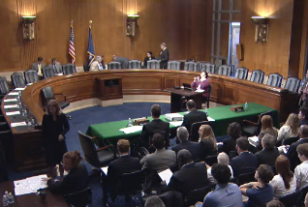By Megan Cutter, Worker and Immigrant Rights Intern
Last year, for the first time since its origin in 1994 the Violence Against Women Act (VAWA) was not reauthorized. Partisan politics in the House of Representatives kept the traditionally uncontroversial Act from approval, allowing it to expire. In a blog post last week, the Center for American Progress articulated the gravity of this issue, “The expired law leaves victims, domestic violence shelters, and law enforcement across the country wondering why a law that has previously sailed through Congress…has become the latest representation of partisan gridlock.”
The 2012 version of VAWA included protections for three groups whose specific needs had not been addressed in previous years. It would have extended domestic violence protections to 30 million LGBT individuals, undocumented immigrants, and Native American women. Although the bill passed quickly in the Senate, it was voted down in the House because many Republicans considered it to be politically motivated.
When the House of Representatives drafted their own bill that did not include these additional provisions, it failed in the Senate. The end result was the expiration of VAWA.
While that is depressing news, in recent weeks discussions in Congress have prompted optimism. Republicans in the House have been quoted saying that if the Republican leaders allowed the original, broader bill to come to the floor for a vote.
Senators Patrick Leahy (D-VT) and Mike Crapo (R-ID) have unveiled a new version of VAWA which is almost exactly the same as last year’s proposal. The major difference is that it eliminates the protections for undocumented immigrants. Leahy has assured the media that that issue will be addressed in the immigration reform bill currently in the works in the Senate.
An article for the Huffington Post earlier this week noted that, “So far, the silence from the House Republican leadership has been a troubling sign that they may once again put VAWA and the protection of millions of women at risk.”
Hopefully, in the next few weeks Republicans in the House can come together to support the protection of women from domestic violence.

